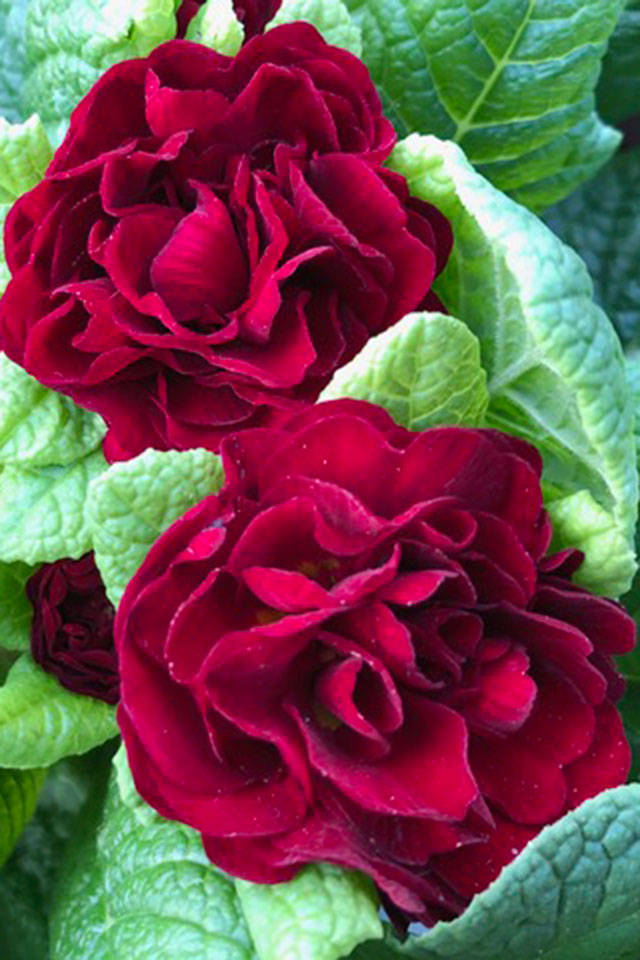By Steve Smith
There is no doubt that spring has sprung. This fact lies in the discovery this week of the first white blooms on a wild plum tree that lives down the street from the nursery. On that same road, I caught a glance of the swelling buds of several Bradford flowering pears that line the parking strip. It is only a matter of days now before the Thundercloud plums, with their cotton candyish clouds of pink flowers, will shroud the boulevards of many a Northwest street. The proverbial dam of winter has been breached and I am more than ready to start basking in the glow of spring floral color.
There is an amazing array of plants that bloom for us late winter through early spring – going all the way back to November when the fragrant pink flowers of Viburnum “Dawn” emerged and will continue on into March. While some Camellias are done for the season, the japonica varieties will be blooming soon, along with early blooming bulbs – like snow drops, crocus and winter aconites. A reminder: There is no excuse for not having something in bloom 365 days a year. All it takes is a trip to the garden center once or twice a month, every month of the year and you will have year-round color.
For me, the signature flower that represents the end of winter and beginning of spring (other than the wild plum) is the common English primrose. Over the years I have grown and sold literally thousands of these colorful little guys. Customers usually come in to buy a dozen or two at a time and end
up planting them in containers by their front doors to add a little cheer during the dark and rainy days of February. At under $3 each they are a great pick-me-up that most gardeners treat as disposable – partially due to their low cost, but also because they rarely come back the next year.
For any one looking for a truly hardy perennial primrose, you have got to try the new Belarina primroses. They will establish well, bloom from early spring to summer, have a sweet fragrance and double blooms that are so full they look like carnations. Once planted they will grow and grow, eventually doubling in size, to give you viewing pleasure every year.
Belarinas are available in a wide range of colors- from the dark red of “Valentine”, the golden-yellow edged with coral “Nectarine”, the dark
blue of “Cobalt Blue” and other shades of purple, pink and white. They all have beautiful, fluffy flowers with a sweet fragrance that will grace your gardens and become your harbingers of spring.
Pick up a few now for sprucing up your containers and then move them into a cool moist part of the garden in April or May when you are ready to do your summer planting. Like so many seasonal items, don’t wait to buy some or you will miss out.
Steve Smith owns Sunnyside Nursery in Marysville.
P.S. – Sunnyside will be hosting two free classes next weekend – ‘Conifer Kingdom’ Feb. 29 at 10 a.m. and ‘New & Exciting for 2020’ March 1 at 11 a.m. For details go to www.sunnysidenursery.net.


